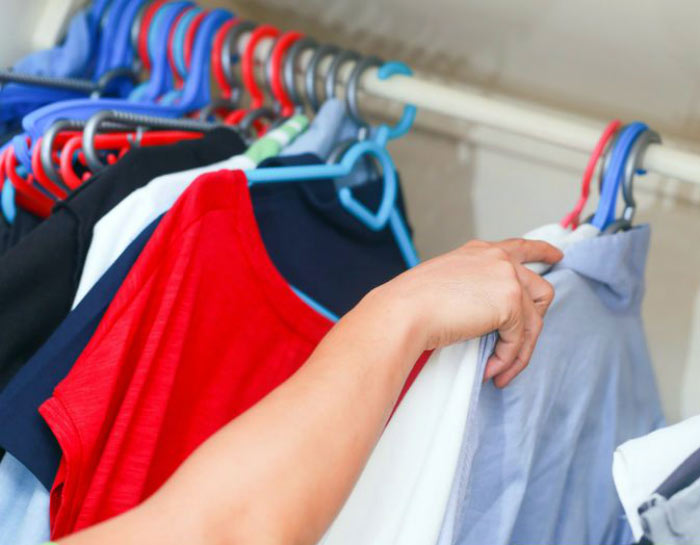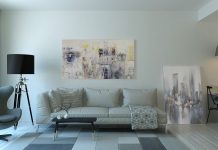Closet lighting helps to maintain order, do the cleaning in time and keep things tidy – we will tell you how to do it correctly.
To get started: decide if you need backlighting
Despite its functionality and aesthetics, closet lighting is not always necessary. For example, if the drawers are shallow (up to 35 centimeters), there is no need for additional lighting, the space inside the closet will be perfectly seen anyway.
The location of the lamps is also important: if the lighting is framed outside the closet, it plays an exclusively decorative role and does not help in any wayfinding things inside the drawer. When aesthetics is not needed, backlighting can be omitted.
1. Think about using a motion sensor
If you are illuminating closets in a dressing room with a switch inside, it will not be superfluous to think about a motion sensor. Due to this option, the lighting will turn on as soon as you approach the closet. It is convenient that you don’t have to look for the switch in the dark – it’s safer and more comfortable.
2. Don’t make the lighting too bright

Too bright lighting is inappropriate for a small space – and your closet is small. Excessive bright light consumes more electricity, which ultimately affects the utility bills. Moreover, bright closet lighting does not bring any benefit; you can limit yourself to dim and eye-friendly lighting to see the contents of the drawer.
The optimal level of illumination in the closet is 50-70 lK.
3. Select the lamps
There are three popular types of lamps: halogen, LED, and fluorescent. The first ones shine well, but they heat up quickly, the bulb is very sensitive to touch. You cannot touch such lamps because they deteriorate from this, and fingerprints must be erased with alcohol.
Luminescent ones also shine well, do not heat up, and are more economical. In addition, it is possible to choose a more pleasant warm or cold shade of light.
The most economical lamps are LED bulbs. They are compact, they serve for a long time and some types of LEDs (for example, an LED strip) are easy to install.
4. Consider lighting locations

Depending on the location of the clothes and the configuration of the closet, the lighting options will also differ. Sometimes everything is highlighted to the maximum: walls, ceiling, bottom, and the outer part of the closet.
External lighting serves rather decorative purposes. The bottom, too, should not always be highlighted as it is covered with clothes. It is optimal to have lighting in the ceiling and walls if they do not come into contact with the things in the closet.
5. Select the type of lighting
You can choose from two types of closet lighting: recessed or surface-mounted luminaires. The first ones need to be planned immediately when ordering furniture since there is little chance of installing them beautifully later. Recessed lamps can most often be found on the visor of the cabinet. They provide directed lighting on the outside.
Surface-mounted lamps can be put anywhere and at any time, including ready-made installed furniture. Most often, they are LED, since fluorescent or halogen lamps are too large. For example, an LED strip is one of the surface-mounted luminaires, which can be installed to any plane even by a beginner.











